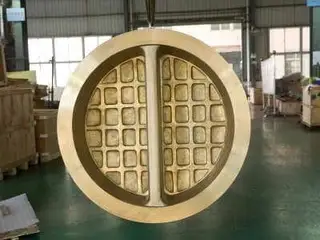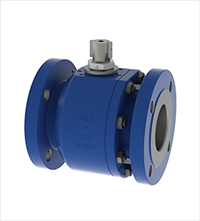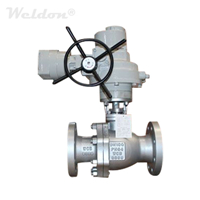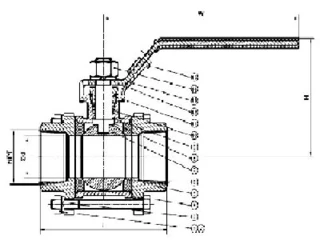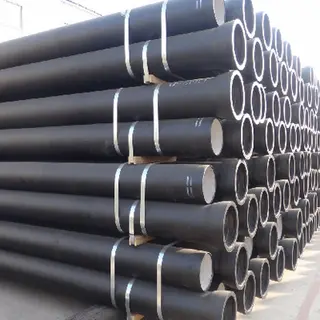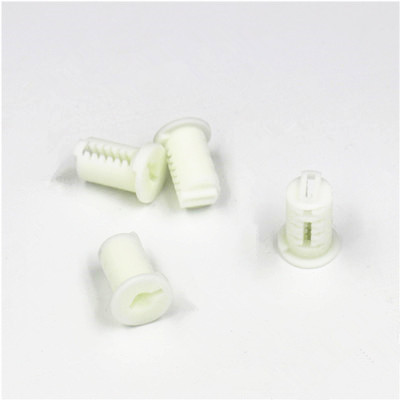The application of 3D printing in the shipbuilding industry (part seven)
British Navy's application of 3D printing
The Royal Navy is also experimenting with similar applications, and a small unmanned aircraft manufactured by 3D printing has been officially put into use.
Five years ago, the University of Southampton announced the successful design and released of the world's first 3D printed unmanned aircraft - "SULSA" (Southampton University Laser Sintered Aircraft), with wingspan of 1.5 m, drove by propeller. After a series of improvements, in mid-2015, the 3D printed UAV was tested over the "River" class patrol boat "Mersey" of British Royal Navy on the sea area along Dorset. However, unlike the United States’ real-time 3D printing out of the drone aboard, the current SULSA is 3D printed on land, and then assembled on board. At present, the four main parts of SULSA are made of plastic or metal structures which are produced by EOS EOSINT P730, a nylon-laser sintering printer. There are no fasteners between all components, and they are connected together by “snap-fastening” technology, so it can be completely assembled in a few minutes without any tools. The SULSA weighs only 3 kg and is launched from a 3-meter-long catapult, equipped with an autopilot with a maximum speed of approximately 161 km/h.
A small operational error or component problem can cause million pounds to drop into the sea due to the high cost of the traditional ship-borne drone. The cost of SULSA is only 7,000 pounds. Although it can only fly for about 40 minutes, it can fulfil tasks such as monitoring pirates and smuggling. Even if SULSA fails, the loss is affordable. This sea trial basically evaluates how drones can be used in military and rescue operations once. The use of such a drone made by 3D printing not only reduces costs, but also can be customized based on nature of the tasks.
In 2016, SULSA was officially put into use. It is used to explore the best route for the Antarctic trip of the British Royal Navy's icebreaker Protector. It took SULSA about 30 minutes to perform a task each time, and the flight speed is 96 km/h. Although it is equipped with an autopilot, the crew member still used a remote control to control the SULSA through the laptop during the mission. The real-time pictures taken by the onboard camera will be sent back to the ship and the aircraft can also be reused.
The UK says that naval vessels will be equipped with a 3D printer adopting various materials to print drones like SULSA within five years, and every drone is custom-made for specific task. It is also reported that there is a project called the Dreadnought 2050 in the British’s Star Point engineering, and the hull of British warship will adopt translucent acrylic material so as to provide visions in all directions. At the same time, the ship will be equipped with a 3D printer to manufacture lasers, electromagnetic weapons and even unmanned aerial vehicles.
To be continued...
Send your message to this supplier
Related Articles from the Supplier
Related Articles from China Manufacturers
Exploring the Versatility of Slab Gate Valves
- Dec 12, 2023
What Is the Cracking Pressure of Check Valves?
- May 19, 2023
The Sealing Principles of the Valve (Part Two)
- Jan 23, 2021
Related Products Mentioned in the Article
EKS(Xiamen)Precision Industry Co., Ltd
- Address: 中国福建省厦门市集美区灌口镇深青工业园后山头29号
- Phone: 86-0592-6360601
- Business Type: Industry & Trading, Manufacturer,
Supplier Website
Source: http://www.junyingmetal.com/the-application-of-3d-printing-in-the-shipbuilding-industry-part-seven.html






